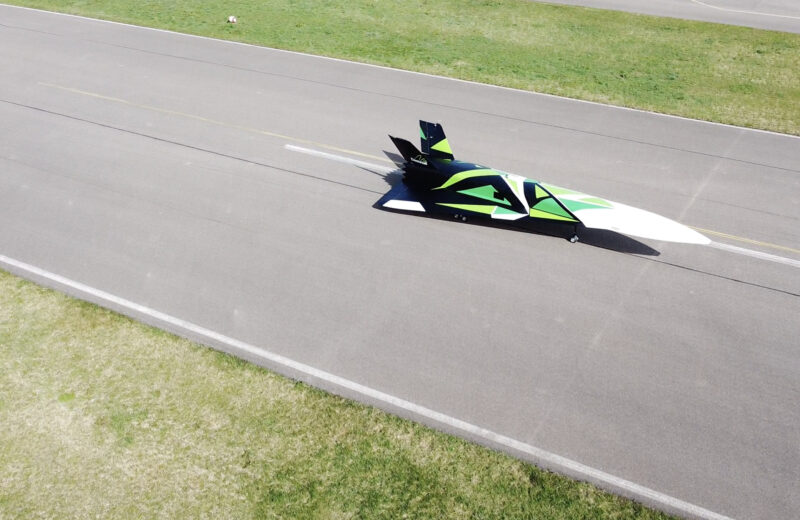Hypersonic hydrogen

Time saving has been at the core of transport design.
From Roman roads and Bill Lear’s jets to Stephenson’s rocket and the Shinkansen bullet train, each brings improvements in speed compared to the mode it precedes.
So, when Concorde took flight in 1969 it appeared to usher in a new age of aviation – supersonic flight. But just over three decades later, Concorde was grounded.
Since then travelling faster than the speed of sound has been reserved for Air Force pilots and astronauts. Switzerland-based, Destinus wants to change this. And its aircraft won’t be supersonic, instead they are targeting hypersonic flight. (Supersonic speeds are from Mach 1 to Mach 5. Hypersonic is anything faster than that.)
“Us humans, we have a big desire to explore the world and different transportation modes have allowed us to do that over the history of time,” Martina Löfqvist, senior business development manager, Destinus tells Revolution.Aero. “Flight above the speed of sound is really just the next natural step in aviation.”
That is the reason why, so what about the timing? The demise of Aerion has shown publicly the difficulties associated with getting these projects off the ground.
“Technologies have improved over time. Aircraft in general have become a lot safer due to the materials that we use, the structures, the tests and the analyses that we are able to perform. We also have better computing power which allows us to test aspects, like aerodynamics, in-house. We can do this in a few minutes when ten years ago it would have taken hours, maybe days,” says Löfqvist.
Destinus was founded a year ago, but in that time they have amassed an 80-person strong team and flight tested two subsonic prototypes – Jungfrau and Eiger. Those tests began in November 2021, says Löfqvist, and next year the firm plans to begin flight testing a supersonic prototype. They also closed a seed round in February for $29m – the firm has raised $35m to date
Destinus plans to use liquid hydrogen to fuel a combustion engine. Löfqvist says the team chose hydrogen due to its energetic capacity which allows use at very high velocities, while also acting as a coolant.
“Hydrogen has three times the energy by mass compared to conventional Jet-A fuel but it has a lower energy by volume so this means aircraft will be lighter, but they will be bigger in size,” says Löfqvist.
Using hydrogen fuel in combustion engines will not produce carbon dioxide, but there will be nitrogen oxides (NOx) emitted. “This is standard and is something airplanes produce today and we will look into how we can lower the NOx levels.”
When Destinus first emerged, the team was primarily focused on the cargo sector, now, Löfqvist explains, passenger aviation is increasing in focus. Mainly because the greatest impact on society is by providing fast transportation to people, while cargo remains a part of their story and as a stepping stone to get there. Certifying aircraft for the cargo sector and then harvesting the operational data should lay out a clearer path on the passenger side. Destinus would like to sell their aircraft to both cargo and passenger operators.
At hypersonic velocities, the physical effects on the aircraft begin to resemble those of a rocket. Thats why the team is developing some space technologies for the aircraft. One invention is a hydrogen cooling system that will be connected by a series of pipes running underneath the leading edge surface of all exterior components.
“We can cool down the nose, leading edges, the engine and the intakes since it gets very hot when you fly at hypersonic velocities. The system will be able to dissipate over 300kilowatts of heat per square metre. This means that we can use conventional aerospace materials and not design specific materials for the vehicle,” says Löfqvist.
The hypersonic airplane, operating in the stratosphere (20-25miles up), more than three times higher than conventional aircraft, would be able to make flights anywhere in the world within four hours, according to the company.
By combining the tried and tested principles of rockets and gliders with the computing power of the 2020s, Destinus is betting it can make hypersonic flight commercial within this decade. The company hasn’t started their certification process yet, but they are working with EASA and plan to have built a hydrogen engine afterburner by next year that could be ready for airborne testing by late 2023.
Subscribe to our free newsletter
For more deep dives from SAF Investor, subscribe to our email newsletter.






